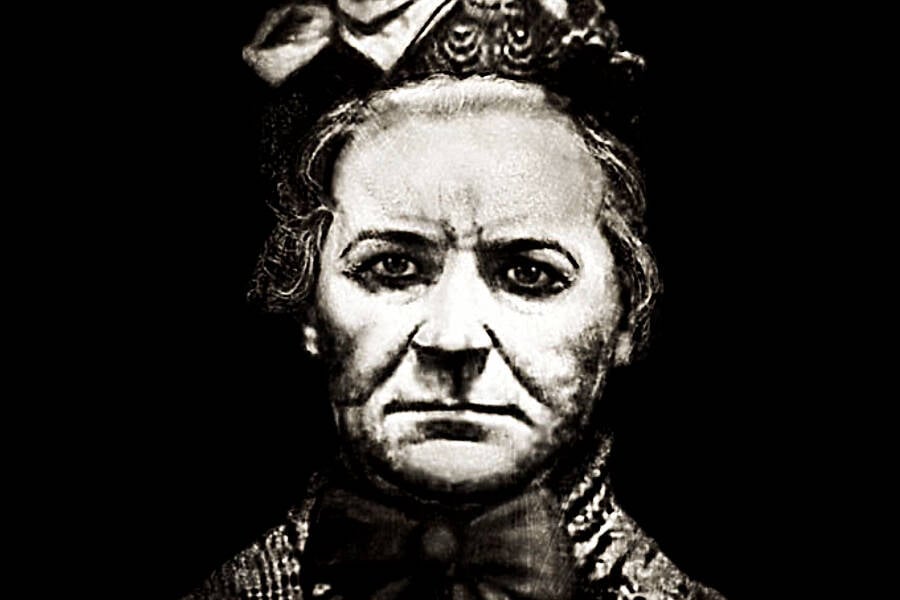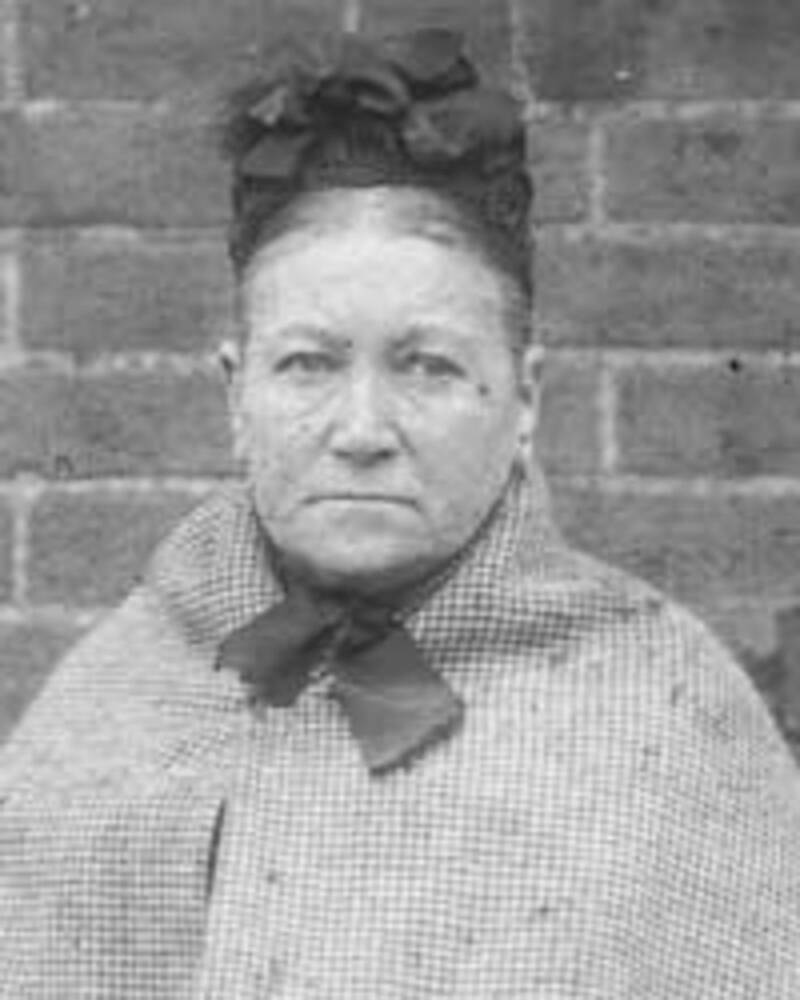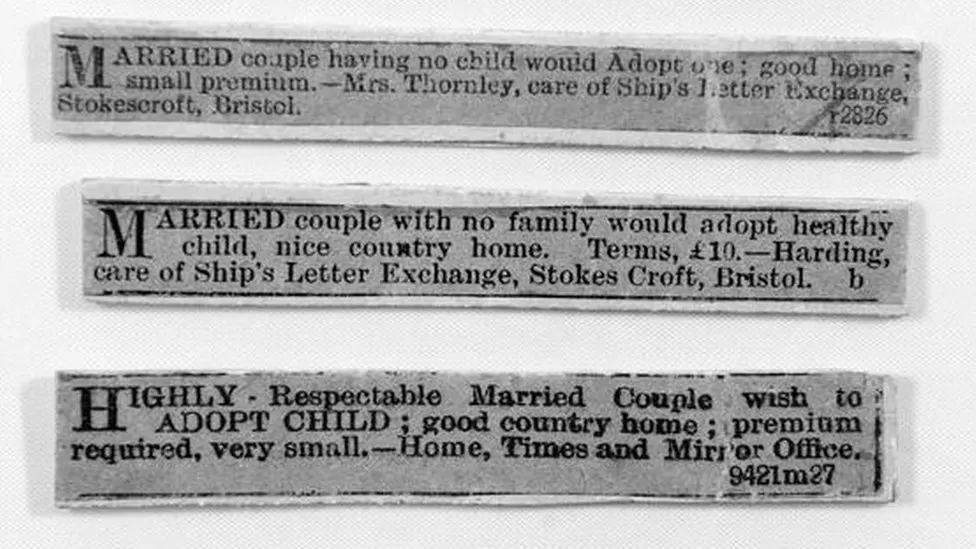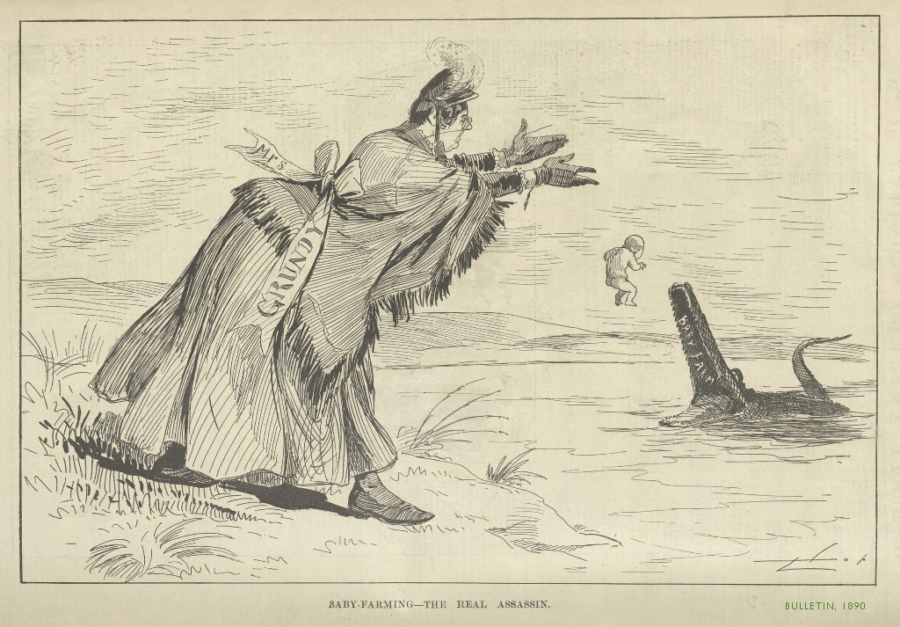In the late 19th century, Amelia Dyer took in untold numbers of babies for a fee, promising their desperate parents she’d use the money to take good care of them. Instead, she pocketed the money — and brutally murdered the children.

Public DomainAmelia Dyer, the prolific serial killer who operated a “baby farm” in Victorian England.
In Victorian England, unwed mothers who couldn’t care for their babies could pay “baby farmers” to do so. Most of the time, these temporary nurses would look after the children until they found a loving family to adopt them. Sometimes, they would return the babies to their birth parents once the parents were more financially stable.
And sometimes, as in the case of Amelia Dyer, baby farmers would brutally murder the children and use their deaths for personal financial gain.
This is the story of Amelia Dyer, the Ogress of Reading who became one of the most prolific serial killers in British history.
The Early Life Of A Serial Killer
Amelia Dyer wasn’t always a murderer. She was born Amelia Elizabeth Hobley in 1837 into a large family outside of Bristol. She was well-educated, often spent time reading literature and poetry, and was also a natural caretaker.
Her mother developed typhus when Amelia was a child and soon succumbed to severe mental illness. Amelia cared for her until her death in 1848, after which she lost contact with most of her family.
By 1861, she had married George Thomas, a man 35 years her senior. The pair had one child together before Thomas died in 1869.

Historic Collection / Alamy Stock PhotoTo get rid of the babies in her care, Dyer starved and neglected them, strangled them, or poisoned them with an opioid solution known as “Mother’s Friend.”
Finding herself suddenly widowed and with a young child, Dyer desperately needed income. During her marriage, she had trained as a nurse with a midwife, who had taught her about the baby farming trade. However, Dyer would take it one step further.
She began placing advertisements in local papers, claiming to be a “highly respectable” married woman who would provide a safe and loving home for unwanted children. In exchange for her services, she demanded a substantial one-time payment upfront. The BBC reports that this fee could be as much as £80 — the equivalent of about £8,000, or $10,080, today.
However, rather than using that payment to feed and care for the children as promised, Dyer realized she could make a profit by pocketing the money — and getting rid of the babies.
How Amelia Dyer Exploited Children’s Deaths For Financial Gain
Originally, to rid herself of the babies, Amelia Dyer would simply starve and neglect them. She also overdosed them using an opioid solution known as “Mother’s Friend,” which was commonly used to calm crying infants.
In 1879, however, a doctor became suspicious about the number of deaths he had been called to report at Dyer’s home. He reported her to the authorities. But instead of receiving a murder or manslaughter charge, she was sentenced to six months in a labor camp for neglect.
But that didn’t stop Amelia Dyer.

Thames Valley Police MuseumAmelia Dyer placed ads in newspapers, presenting herself as a “highly respectable” caregiver.
Upon her release, she placed more ads for her baby farming service and continued to collect payments for watching infants.
However, by this time, she had devised a new way to kill the babies faster and therefore make even more money: She began strangling them with edging tape.
The Ogress Of Reading Evades Capture
Amelia Dyer had realized her mistake in having coroners declare the infants’ deaths. So she began disposing of the bodies herself, wrapping them in linen and newspaper and dropping them in the river.
Dyer also kept a close watch on the authorities. She frequently relocated to new towns, adopting new identities with each move in order to throw the police off her trail, as well as parents looking to be reunited with their children.
Meanwhile, it became apparent that, like her mother, Amelia Dyer dealt with mental illness. She had attempted suicide and checked herself into a mental hospital multiple times. Once, she even tried to overdose herself, but her high tolerance to opium from a long history of abuse saved her life.
However, many believe these bouts of mental illness may have been feigned, as they often conveniently occurred when police were close to catching her.
While it’s impossible to know how many children Amelia Dyer killed, eyewitnesses later reported observing her take in as many as six babies a day. It’s estimated that over the course of almost 30 years, she could have killed as many as 400 children.
And that number would have been even higher, had she not been caught after one careless body dump.

Public DomainAn 1890 cartoon bulletin depicting the cruelty of the baby farming operations throughout England.
Amelia Dyer’s Baby Farming Operation Comes To An End
In March 1896, a bargeman floating down the Thames fished a parcel out of the river. Inside, he found the tiny, decomposing body of a baby girl, wrapped in linen and paper. Around her neck was a string of white tape.
One savvy police officer noticed a name, almost faded, written on a corner of the paper — Mrs. Thomas — as well as an address in Reading.
The address was Amelia Dyer’s. Still, the police couldn’t positively link her to the crime. So, they set up a trap, using a young woman as a decoy.
Posing as a new mother, the woman contacted Dyer to inquire about her baby farming services. Dyer arranged a meeting with the woman, only to walk into a police ambush.
While searching her home, police were struck by the unmistakable scent of human decomposition. They also discovered white edging tape much like the kind that had been wrapped around the infant corpse’s neck, telegrams about adoption arrangements, and letters from mothers asking about their children.
On April 3, 1896, police arrested Amelia Dyer. Meanwhile, they dredged the Thames, looking for more bodies. They found six, all of which Amelia Dyer admitted to killing. She even told police that the white tape around their necks was how she could tell.
“You’ll know all mine by the tape around their necks,” she said, according to Bristol Live.
The Fall Of The Angel-Maker

Public domainA courtroom sketch of Amelia Dyer.
During her trial in May 1896, Amelia Dyer pleaded guilty to only one murder and claimed insanity as a defense, citing her numerous asylum stays. However, the jury determined that she had feigned her mental illness as a way to avoid prosecution.
It only took them four and a half minutes to convict her. She was sentenced to death.
At 9 a.m. on June 10, 1896, Amelia Dyer was hanged. Before her execution, she was asked whether she had any last words.
“I have nothing to say,” she replied, according to the Yorkshire Herald.
Dyer’s case drew national attention due to the sheer number of murders and the amount of time that Dyer had avoided conviction. It also sparked a revolution in child protection legislation, inspiring Parliament to pass new laws like the Infant Life Protection Act of 1897 and the Children’s Act of 1908 to end baby farming and strengthen regulations around adoption and fostering.
Some historians have drawn parallels to the Jack the Ripper case, suggesting that Amelia Dyer could have been involved. After all, both had a high body count and were active at the same time, though it has never been proven they were connected.
While it is believed that Amelia Dyer killed hundreds of babies during her reign of terror, only three of the victims were ever positively identified. The rest of her victims remain nameless.
After this look at Amelia Dyer, read about the infamous Lizzie Borden murders. Then, discover the story of H.H. Holmes, America’s first serial killer.






